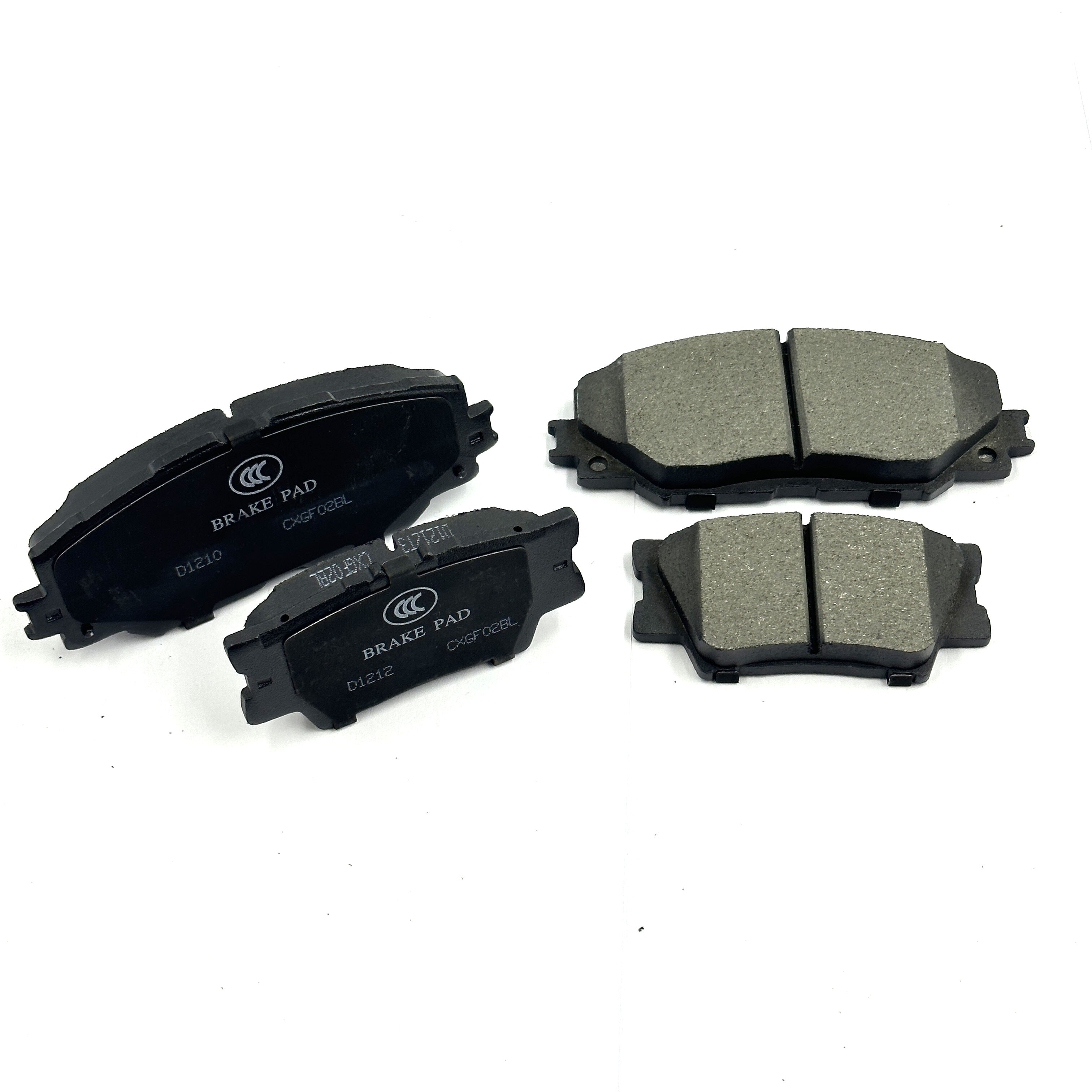rear brake pads
Rear brake pads are essential components of a vehicle's braking system, designed to create the friction necessary to slow down and stop your vehicle effectively. These specialized components are engineered with high-quality materials, including semi-metallic, ceramic, or organic compounds, each offering specific performance characteristics. The pads work in conjunction with the brake rotors, applying pressure when the brake pedal is engaged to convert kinetic energy into heat through friction. Modern rear brake pads incorporate advanced features such as anti-noise shims, wear indicators, and specialized slot patterns to enhance performance and longevity. They are specifically calibrated to work with your vehicle's weight distribution, as rear brakes typically handle about 30-40% of the braking force. The design includes chamfered edges to reduce noise and improve initial contact, while the backing plate ensures structural integrity and proper heat dissipation. These pads undergo rigorous testing to meet safety standards and provide consistent performance across various driving conditions, from everyday commuting to more demanding situations. Regular maintenance and timely replacement of rear brake pads are crucial for maintaining optimal braking performance and ensuring vehicle safety.

